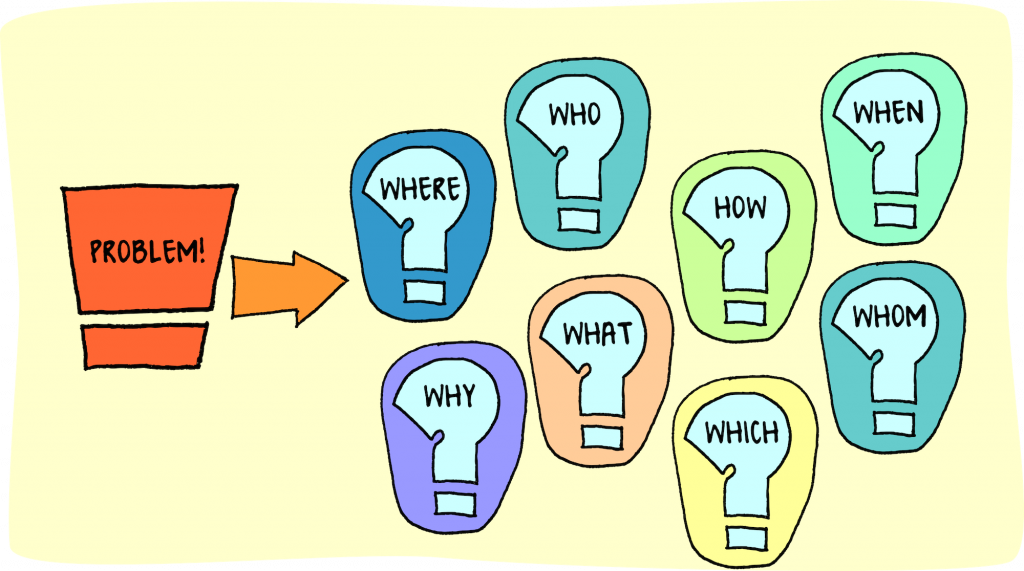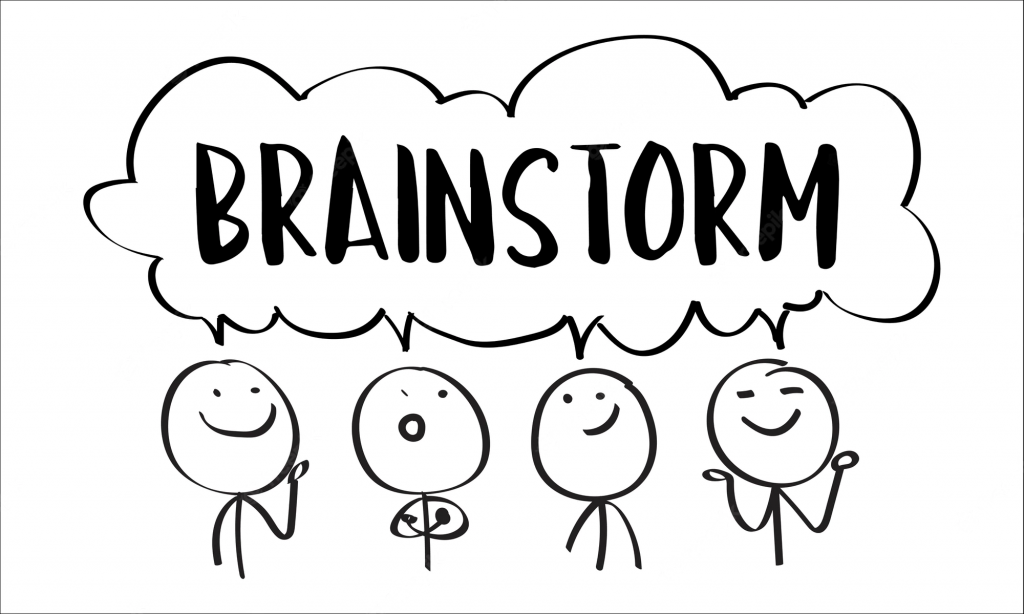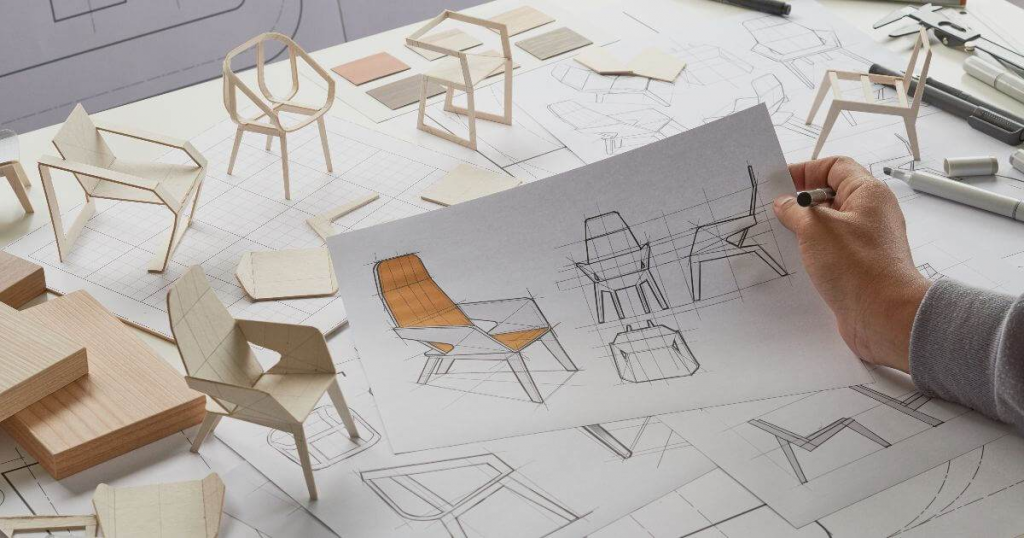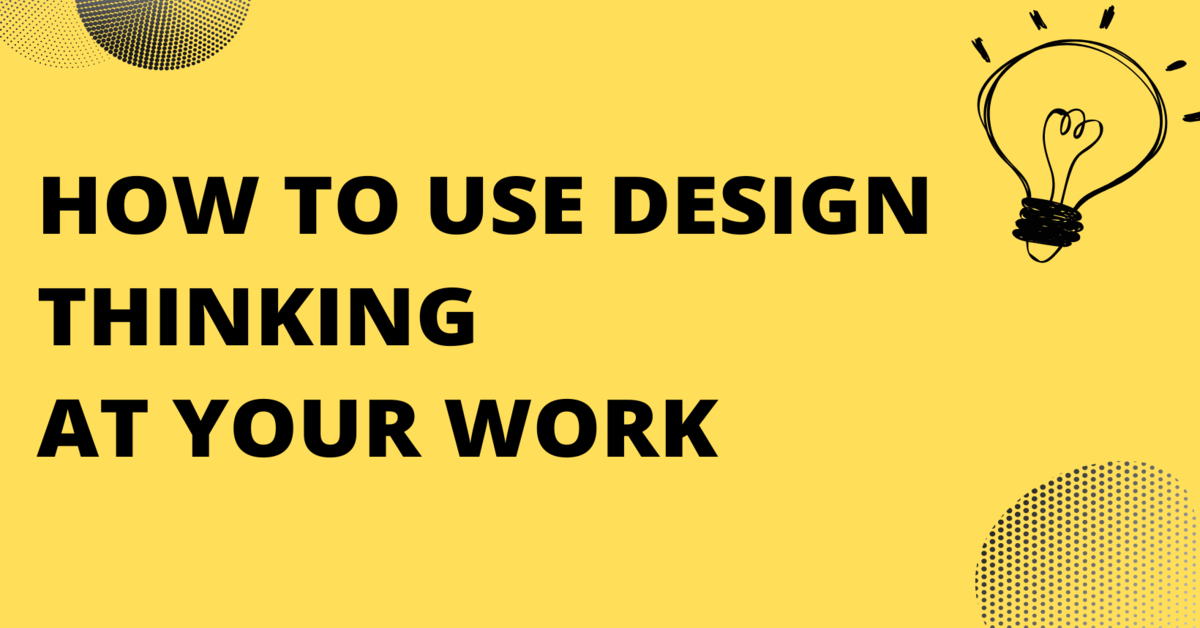Design thinking has become an integral part of the 21st century workplace. It is a creative approach to problem-solving that focuses on understanding the needs of the user and developing innovative solutions. In this article, we will explore how design thinking can be used to enhance our work and help us develop more effective solutions.

1. Identifying Problem
Identifying problems in your current workflow is the first step in improving it. Start by writing down everything that you do in a day, including the amount of time spent on each task. This will help you to identify any areas in which you are wasting time or being inefficient. Once you have identified any problem areas, you can brainstorm solutions.

2. Brainstorm
Once you have identified the problems, you can then come up with as many ideas as possible to help you address them. This could be anything from delegating tasks, to streamlining processes, to outlining clear goals and objectives. Brainstorming can be an invaluable tool when it comes to improving your daily workflow, as it allows you to uncover issues that you may have overlooked, or not even realized existed.

3. Research
Researching solutions also helps to identify potential risks associated with each option, allowing us to make more informed decisions. Additionally, research can help to evaluate the impact of a proposed solution on the indsutry. By researching potential solutions, we can gain a better understanding of the issue at hand and how best to address it. How do you do research on your solutions? link.

4. Prototype
Prototype serves many purposes, from providing a tangible demonstration of your concept to testing the viability of your solution. A prototype allows you to explore a variety of design options and to identify potential problems before investing time and money in the development of the final product.

5. Testing
Testing a prototype can help identify potential problems and provide valuable feedback on how to improve the design or functionality. Testing can help verify the design and features of the product, how it interacts with other systems, and how it performs in real-world conditions. Testing can also provide valuable feedback to product designers and engineers regarding how the product can be improved.

6. Refine
Refining the prototype allows you to make sure that the product meets user needs and expectations, while also taking into account any suggestions or issues that were raised during user testing. By refining the prototype, you can make sure that the product is as effective and user-friendly as possible, and that it is tailored to the needs of its intended users
7. Implement
Finally, implement your refined solution at your work!
Conclusion
Design thinking is an innovative method of problem solving that can help improve the effectiveness and efficiency of any work. It encourages creative, out-of-the-box thinking and allows people to look at problems from multiple angles. By using design thinking, you can create a more productive and satisfying work environment and take advantage of opportunities to find creative solutions. With the right mindset and process, your team can create innovative solutions to their problems and improve the quality of their work. Check out ways designer improve their productivity Artmeet.

